According to the UN, the world’s population is set to increase by 2 billion by the year 2050. With this ever-increasing demand for food, farmers are constantly pressurized to produce more food at a faster rate.
Farmers are starting to adopt more sustainable methods agricultural practices and use innovative farming methods to effect change
It is no longer sustainable to increase agricultural land to accommodate this increased need as this contributes to many larger environmental issues like climate change, deforestation, biodiversity loss, dead zones, irrigation problems, synthetic chemical residues and water pollutants, soil degradation and waste. To reduce these effects, farmers are starting to adopt more sustainable agricultural practices and use innovative farming methods to effect change.
What are some unique farming techniques?
1. Vertical farming
This revolutionary form of agriculture is still in its infancy; however, these farming methods have the potential to be ground-breaking.
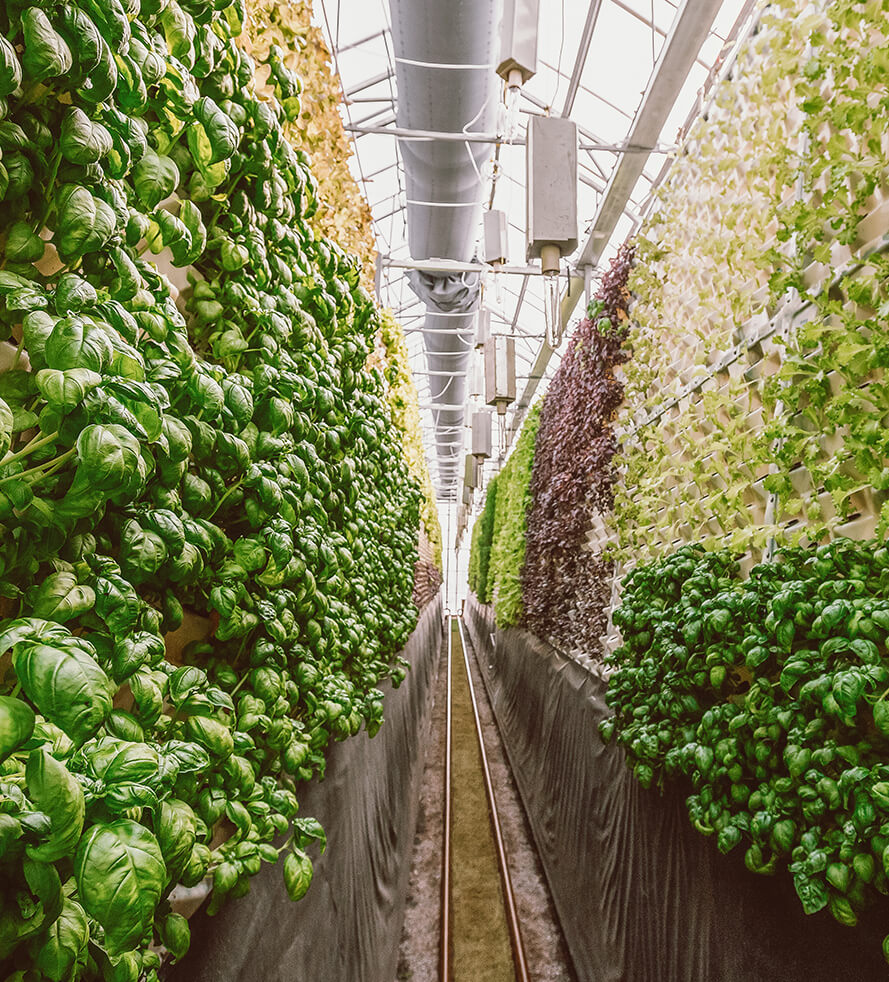
Hydroponics
This innovative farming method is where the roots of plants are submerged in a solution rich in nutrients. By growing produce in a controlled environment, farmers are able to grow their produce quicker and throughout the year. The crops that are yielded are also of a much higher nutritional value than those grown in traditional fields but capability is limited to producing a small range of leafy crops.
Aeroponics
The National Aeronautical and Space Administration (NASA) developed this incredible indoor growing technique where plants are grown in midair. According to NASA, this system can reduce water usage by 98 percent, fertiliser usage by 60 percent and pesticide usage by 100 percent, all while maximising crop yields.
Aquaponics
To sustainably grow crops, this closed ecosystem combines plants and fish. The fish are raised in indoor ponds and their nutrient-rich waste provides a food source to the plants. In turn, the plants assist the fish by filtering and purifying the wastewater which is recycled back to the fishponds.
2. Organic farming
Organic food farming is being embraced by more and more people. Many are concerned with health and environmental issues and are also looking for more gastronomic experiences. Organic food farming methods promise to satisfy all these need states. Presently organic farming systems achieve lower yields and higher cost outputs. It is expected that over time the integration of all methods and adaptation of conventional systems to more sustainable and lower environmental impact practices will eventually improve yields and reduce costs to become commercially sustainable.
Organic food farming is being embraced by more and more people. Many are concerned with health and environmental issues and are also looking for gastronomic experiences
Simply put, organic farming methods are based on four basic principles. These include health, ecology, fairness and care. It is for these reasons that this type of farming is free from components that may be harmful to people and the environment. This includes limitation of the use of industrial pesticides, insecticides, fertilizers, clones, GMOs, chemical medications, hormones and growth boosters. These principles aren’t limited to just farming. They govern all the process stages from production, processing and delivery right through to storage and even consumption.
Organic farming practices include the following:
Crop rotation
Species are changed on the same field season by season. This agricultural farming technique has many benefits:
– It eradicates pest and weed infestation as well as chemical contaminations
– Soil erosion is prevented due to the different root systems
– The diverse plants boost nutrient release with protects soil from depletion and eliminates the need for synthetic fertilizer
– Crop yields are boosted and costs reduced.
Cover cropping
Covering the field with any plant species, whether between the crop rows or completely, for a certain season or perennially is highly beneficial. Cover crops:
– Tackle soil erosion
– Improve water filtration and aeration
– Eliminate weeding
Green manure
When green plants are mixed with the soil, it is enriched with organic matters and nitrogen. This increases the soil’s moisture level and adds much needed nutrients for microorganisms to thrive. Weed infestation is also reduced using this technique.
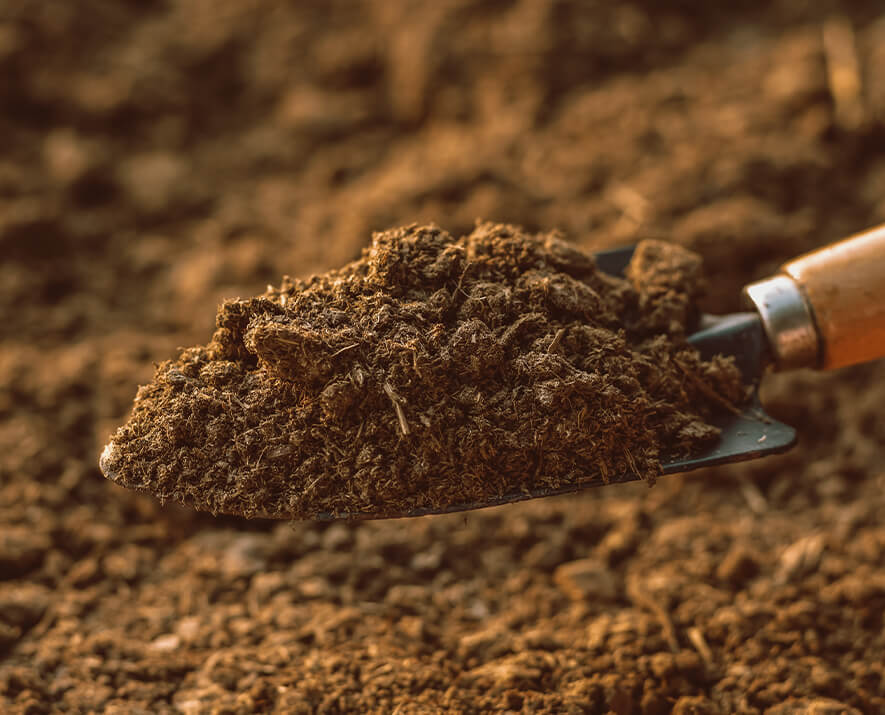
Animal manure
This farming practice uses the natural components that originate from animals, whether raw or composted. It excludes slaughter by-products and there are restrictions to this method.
– The material cannot contain any synthetic additives
– Testing of the soil must be done before applications
– Manures are allowed at least three months prior to harvesting
Integrated weed management
As the use of chemicals are prohibited, weed management is done using alternative methods like prevention, biological, physical and cultural. These include:
– Manual weeding
– Crop rotation
– Mulching
– The use of natural chemicals to prohibit germination
– Making hay before weed seeding
– Introducing birds or insects to consume weed seeds.
Integrated pest management
Combatting pests within organic farming means using alternative methods of pest control that doesn’t destroy them completely. This includes:- Prevention
– Building natural barriers
– Physical removal
– Using predators like ladybugs vs aphids
– Synthetic additives like soap, hydrogen peroxide, baking soda and sulfur
– Natural repellents like neem, citronella, lavender oil and more
Livestock management
As part of the organic agricultural guidelines, poultry and cattle breeding must exclude dangerous and dubious additives. These include:- Synthetic medications
– Growth boosting drugs and hormones
– Antibiotics
– Non-organic forage
– GMOs
– Clones and more
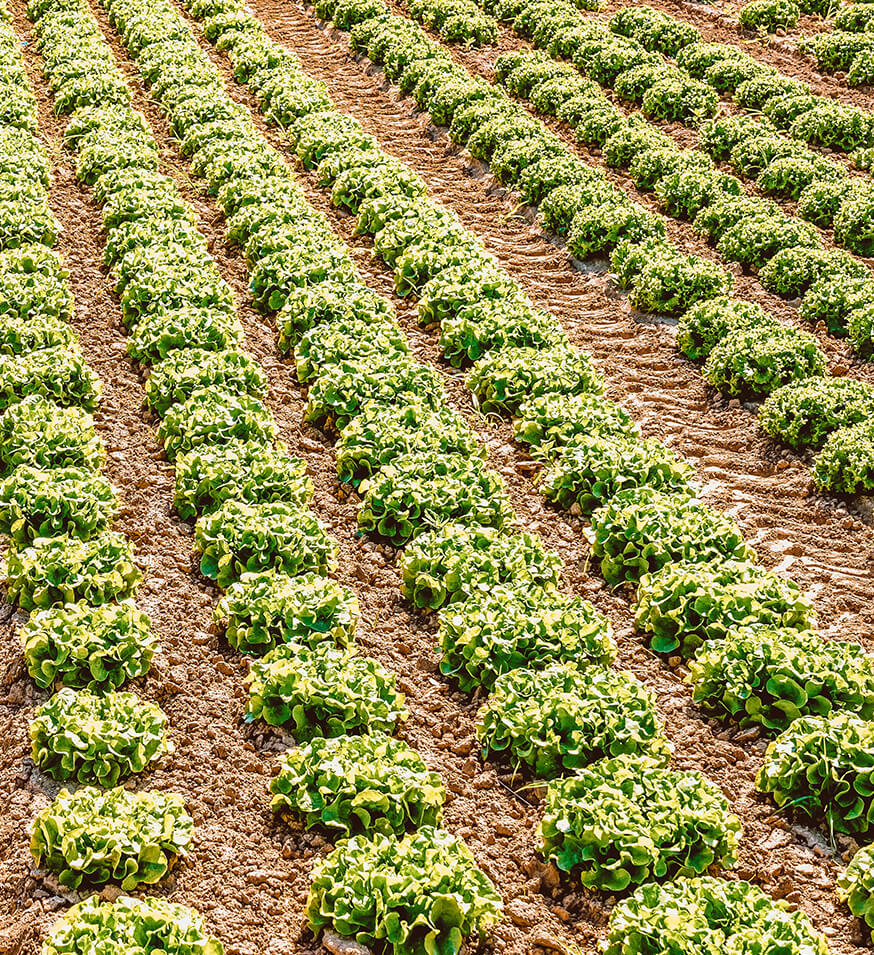
3. Biointensive farming
Biointensive farming methods focus on maximum yields from limited pieces of land. This system aims to increase biodiversity as well as maintain sustainability and fertility of the soil. It also uses up to 75% less land and between 50% and 100% less fertilizer. Some examples of biointensive farming include:
– growing lettuce
– vegetables
– marigold alongside tomatoes to deter pests
– Interplanting: whereby fast-growing small crops are paired with slow-growing large crops
4. Futuristic farming
For farming to be sustainable and net positive, farming innovations need to strike the right balance between producing more food without further harming the planet. Some examples of futuristic farming that could change the world for the better include:
Artificial intelligence
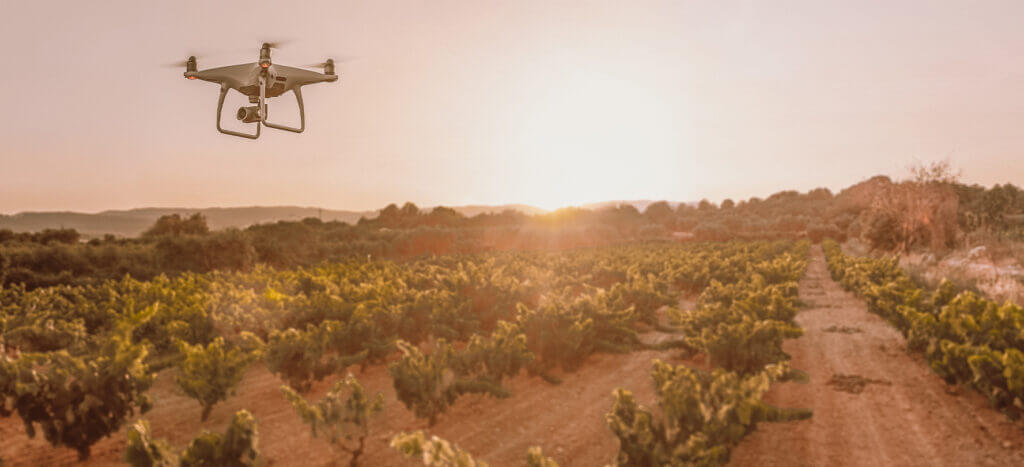
AI is on the path to revolutionizing agriculture. One such example is the ‘SeeTree’ drone. It combines AI with drone technology to help farmers maintain a better agricultural experience. The drone creates an intelligence network for trees, which allows farmers to keep track of the health and production of each tree. Harnessing the power of AI, the drone calculates a yield-per-tree map. This can then be analyzed by farmers and used for extension plans, to gauge production and many other opportunities.
Smart sensors and big data
With the help of drones, agrobots, handheld devices, digital sensors and wearables, much detailed information on soil health, crop growth, weather patterns as well as the welfare and productivity of each animal will be gathered. This enormous amount of data can be used to gain meaningful insights that will drive decision making.
Combined with a farmer’s experience and knowledge, this big data will advise on which crops grow where, what interventions may be necessary, the perfect time for harvesting as well as the optimal times to store and sell produce.
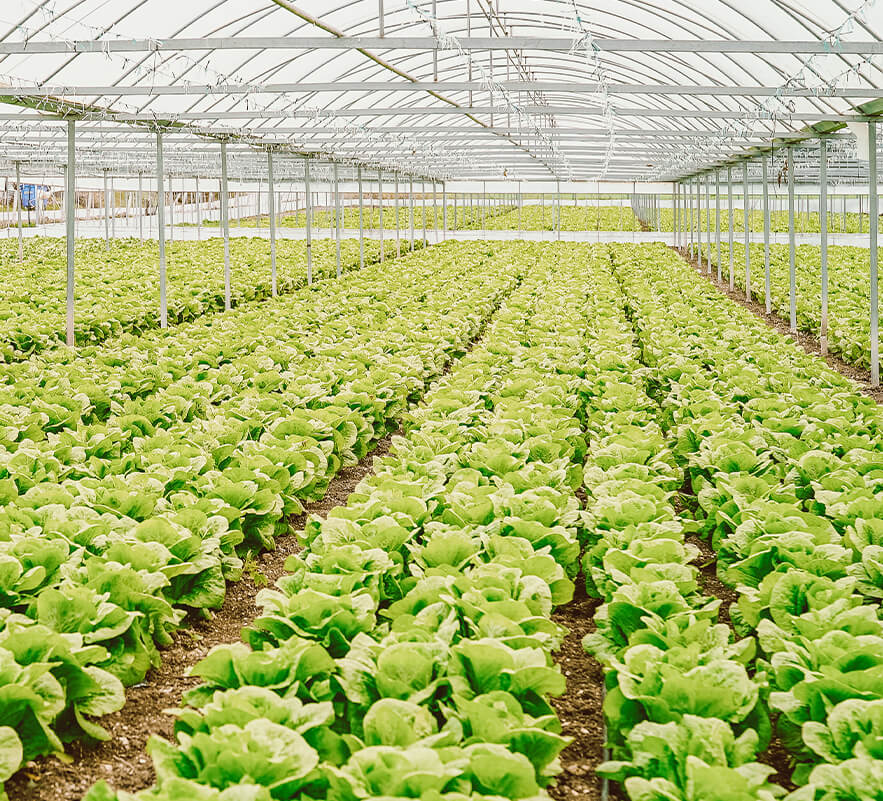
Greenhouses
With the unpredictable weather conditions brought on by climate change, greenhouses will help mitigate its worst effects. Temperature, water and nutrition of crops can easily be regulated in these closed agricultural systems. Greenhouses could be used in unfarmable land such as deserts and be productive all year round. By absorbing the sun’s light and reflecting its heat, fragile crops can be protected from extremes like strong winds, heavy rainfall and even disease.
To ensure that there is enough food for everyone to eat and do it without costing our earth, food production and the entire value chain needs much attention and innovation. By harnessing the power of technology, drawing on the experience and expertise of farmers as well as getting the world’s leaders on board, this can


